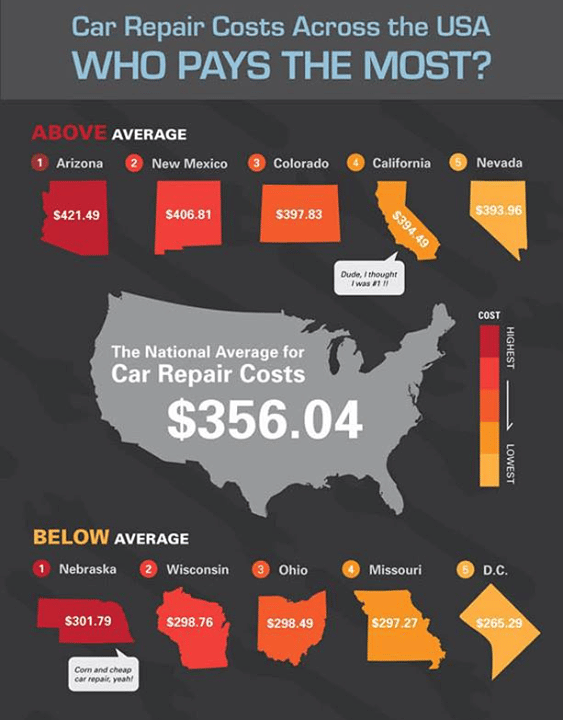Deciphering One Of The Most Usual Warning Lights On Your Dashboard And Their Interpretations
Deciphering One Of The Most Usual Warning Lights On Your Dashboard And Their Interpretations
Blog Article
Material By-Houghton Juarez
When you lag the wheel, those dashboard caution lights can be a genuine secret. Yet did you recognize that analyzing them can conserve you from possible car problems later on? From the ominous check engine light to the subtle oil stress warning and the ever-important battery light, each one serves as an important signal from your vehicle. It's time to shed light on these typical dashboard cautions and equip yourself with the knowledge to browse the road in advance.
Comprehending the Examine Engine Light
When your dashboard lights up with the check engine light, it is very important not to panic but to take instant activity. The check engine light acts as a caution that your lorry's onboard diagnostic system has actually discovered a prospective problem with the engine, exhausts, or other vital elements. Neglecting this light can cause extra serious troubles later on, so it's vital to address it without delay.
To understand the source of the problem setting off the check engine light, you can utilize an OBD-II scanner to retrieve the details trouble codes saved in your car's computer system. These codes supply useful information that can help determine the underlying problem.
While some problems triggering the check engine light may be small, such as a loose gas cap, others might suggest a lot more significant problems that require professional interest.
Deciphering the Oil Stress Warning
Upon observing the oil stress cautioning light on your dashboard, immediate focus is essential. This warning indicates that the oil stress in your engine might be also low, which can lead to major engine damage if not attended to quickly. Reduced oil pressure can be caused by a variety of concerns such as a leakage, a damaged oil pump, or low oil degrees. Overlooking this advising light could cause pricey repairs or perhaps engine failure.
If you see the oil pressure warning light come on, the first step is to safely pull over to the side of the roadway and shut off your engine. Examine the oil degree using the dipstick and guarantee it goes to the recommended degree.
If the oil level is low, top it up with the appropriate oil for your vehicle. If the oil level is sufficient, don't continue driving and look for support from a technician to detect and take care of the issue immediately. click this site in mind, preserving appropriate oil pressure is important for the health and wellness and durability of your engine.
Analyzing the Battery Light
To analyze the significance of the battery light on your dashboard, you need to recognize its important duty in your car's electrical system. When the battery light illuminates while you're driving, it suggests that the electric system isn't getting adequate power from the battery.
This could be as a result of a falling short battery, a faulty alternator, or issues with the charging system. Ignoring this advising light might cause your vehicle stalling or being not able to start.
If the battery light comes on, it's recommended to safely pull over and have your car inspected by a mechanic asap. They can do diagnostics to pinpoint the hidden problem and prevent a possible failure.
visit the following page that you understand exactly how to recognize one of the most usual caution lights on your control panel and what they suggest, you can resolve any kind of possible issues promptly. Keep in mind, the check engine light, oil pressure warning, and battery light are very important signs of your car's health and wellness. Keep educated, remain secure, and keep your cars and truck running efficiently by taking note of these warning signs.
